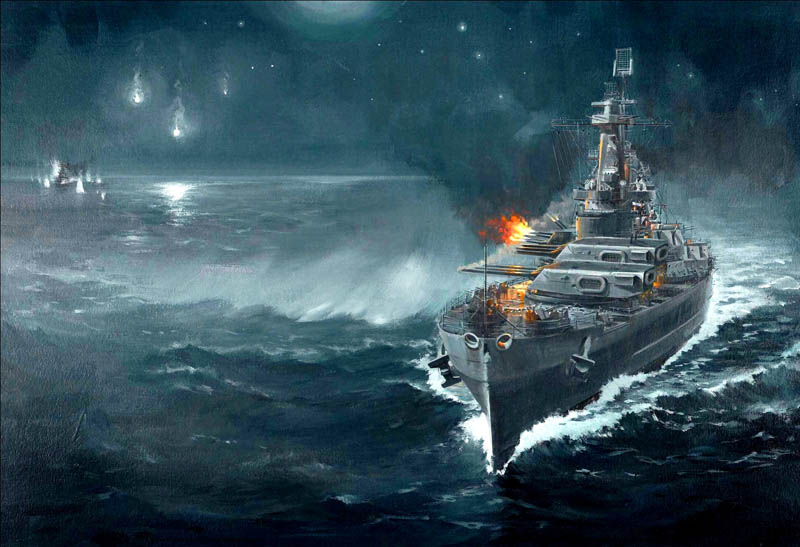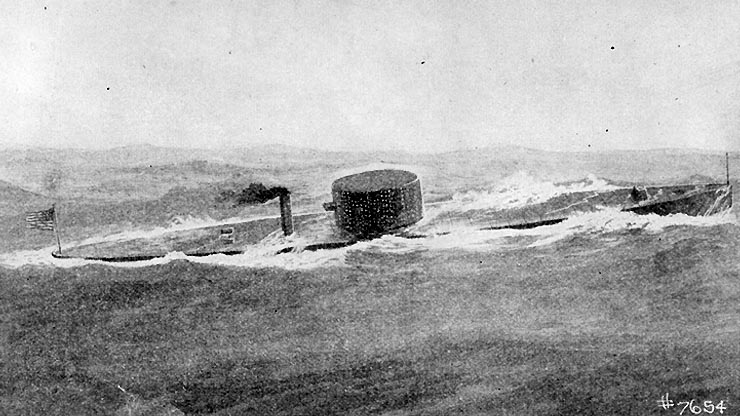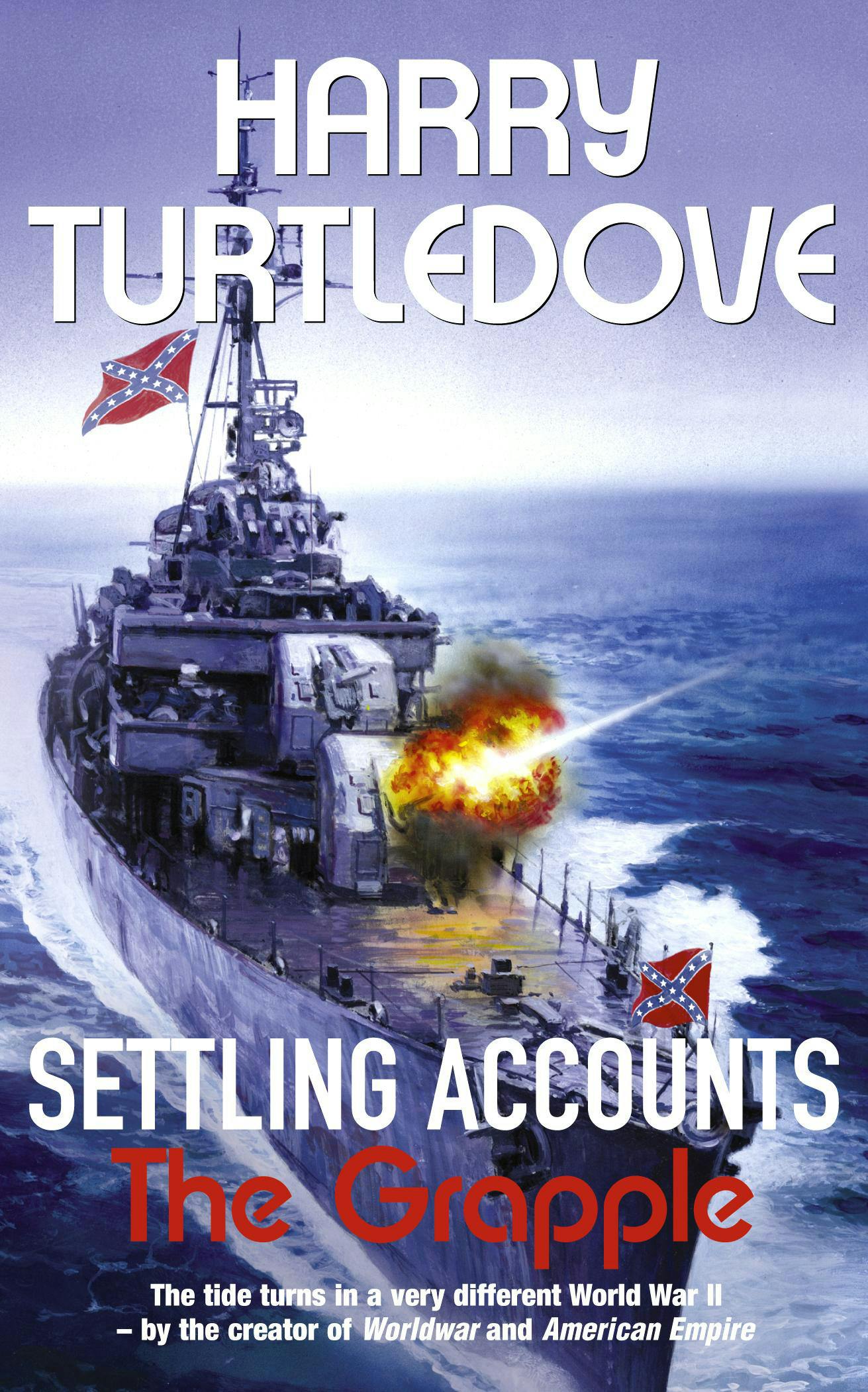I also wanted to [...] flesh out the actual fighting, like the Battle of Three Navies.
Yes. The Battle of the Three Navies, and the invasion of the Sandwich Islands by the United States prior to the battle itself, would probably be one of the more dramatic naval episodes of the Great War. Unlike our timeline, this timeline would have multiple "big guns" battles in both the Pacific and the Atlantic.
With the British squadron neutralized at Pearl Harbor from a surprise US naval attack, US marines and sailors landing on Oahu, and the dramatic destruction of the "Concrete Battleship" protecting the entrance to Pearl Harbor, the Sandwich Islands would be a target for the British to retake. With help from the Japanese they would hope to do just that.
Like Jutland, it was somewhat inconclusive, but strategically the US Navy was victorious, holding its own against two of the world's most vaunted navies and holding on to the Sandwich Islands for the remainder of the war and beyond. At least as far as the US is concerned this was a far better outcome than what happened at Jutland in the North Sea, with the German High Seas Fleet unable to breakout in masse into the Atlantic.
We get hints to the scale of the battle itself, but it seems unclear whether or not the Japanese or British Fleets took on significant damage. I'd say that the US fleet here took on more damage and possibly outnumbered, but again I'm unsure. While it is implied that the US Pacific Fleet took quite a battering, they were able to return to their ports in Pearl Harbor to repair, with the Sandwich Islands still in their hands. So, something must have happened to make the Japanese and British turn back.
We also get names for ships as well for the US Navy ---
USS Dakota,
USS Missoula, and
USS New York, with
Dakota's famous "death ride" of going between the Japanese and British navies, guns blazing.
If you and anyone has any ideas for how the battle unfolded, please share! Big gun battles during this time period are my absolute
favorite.




